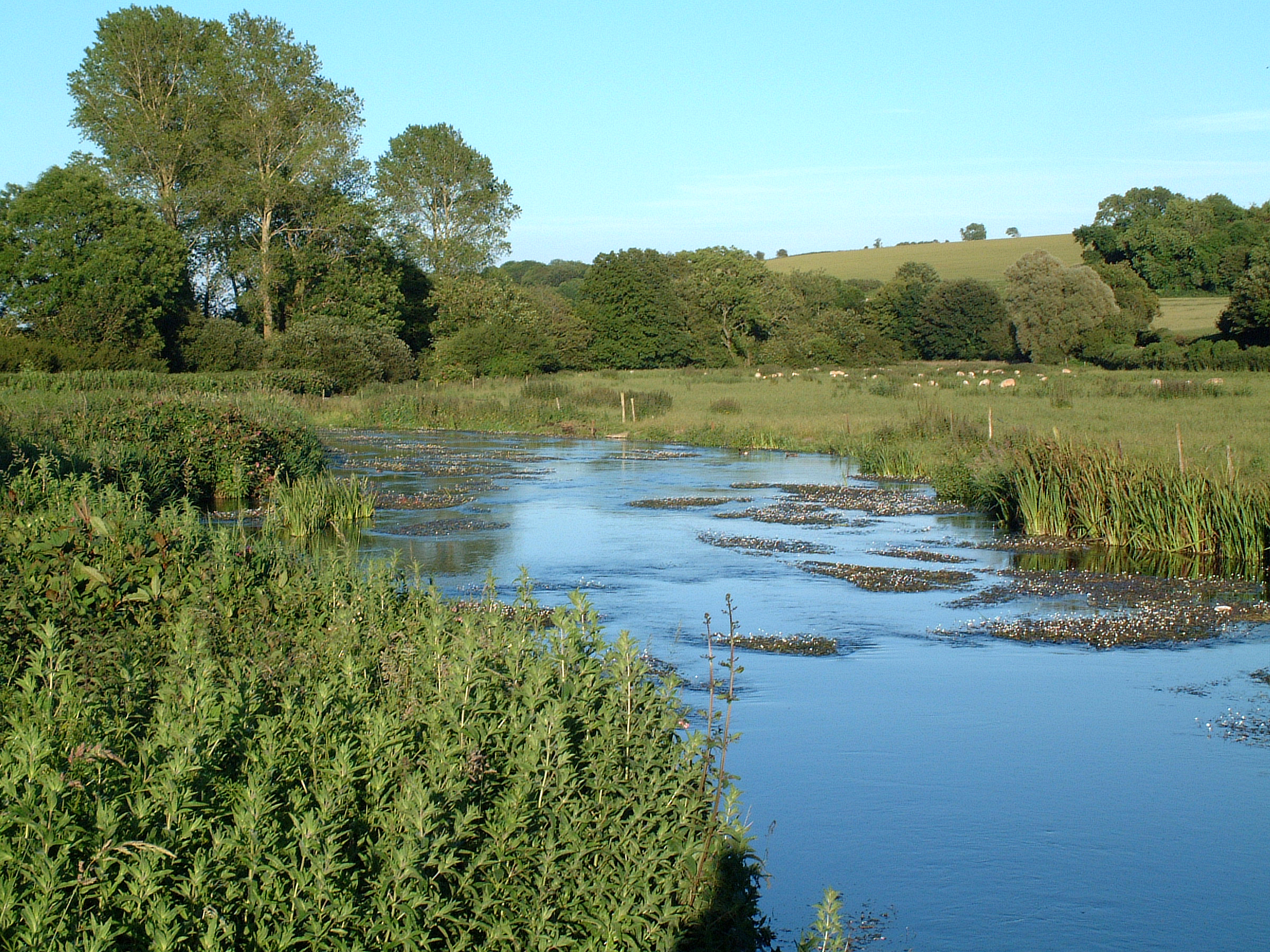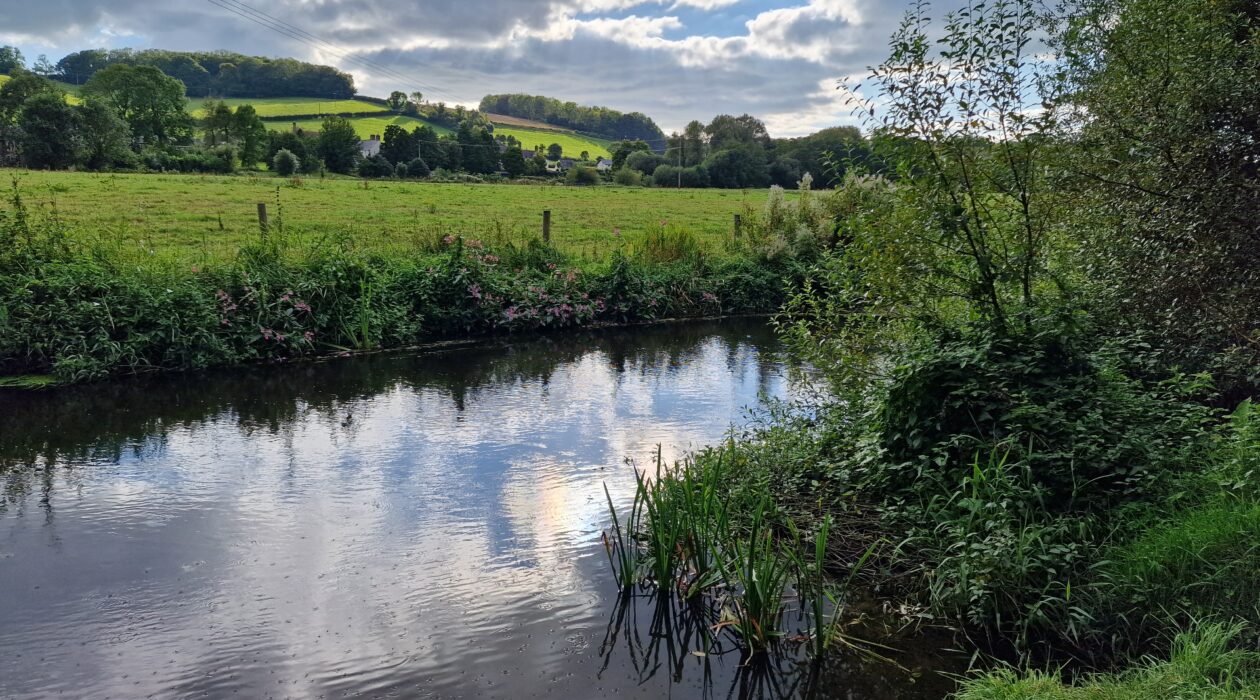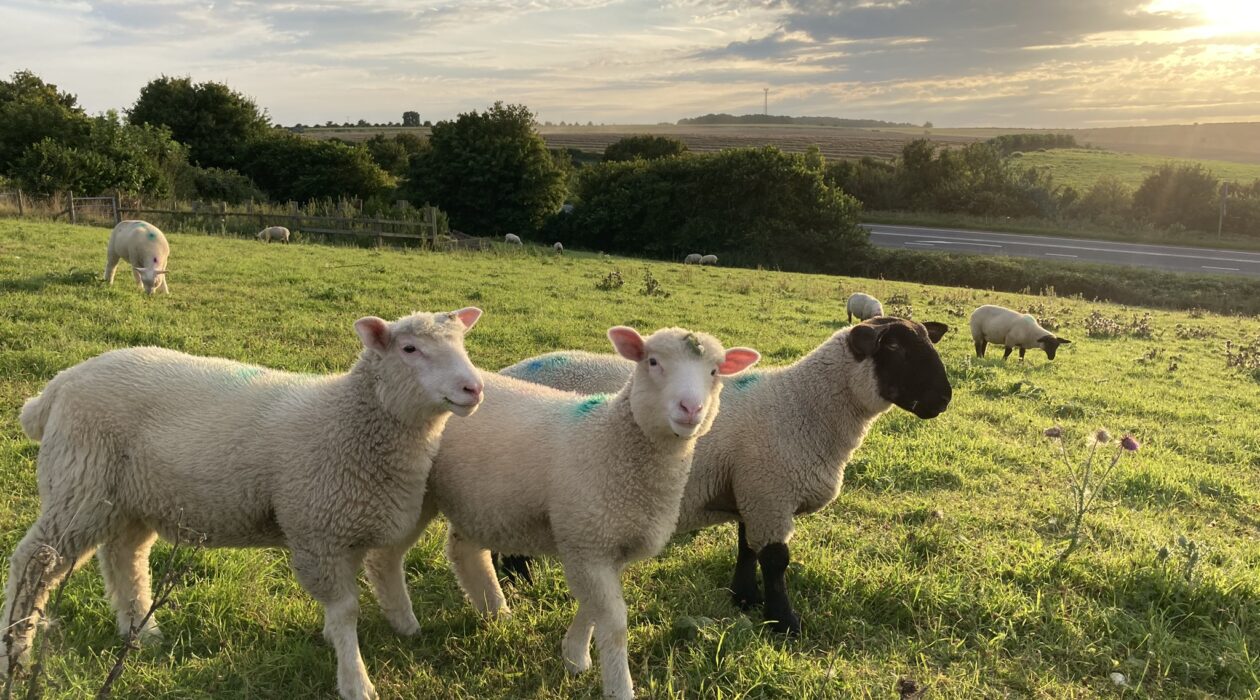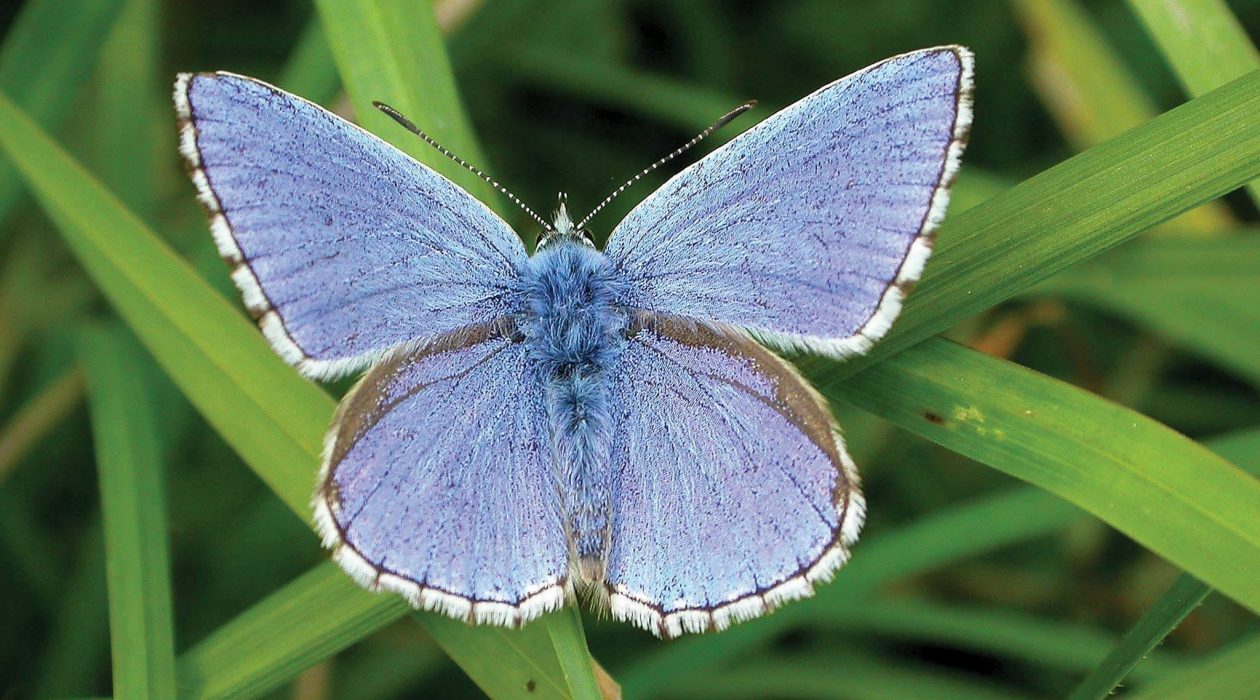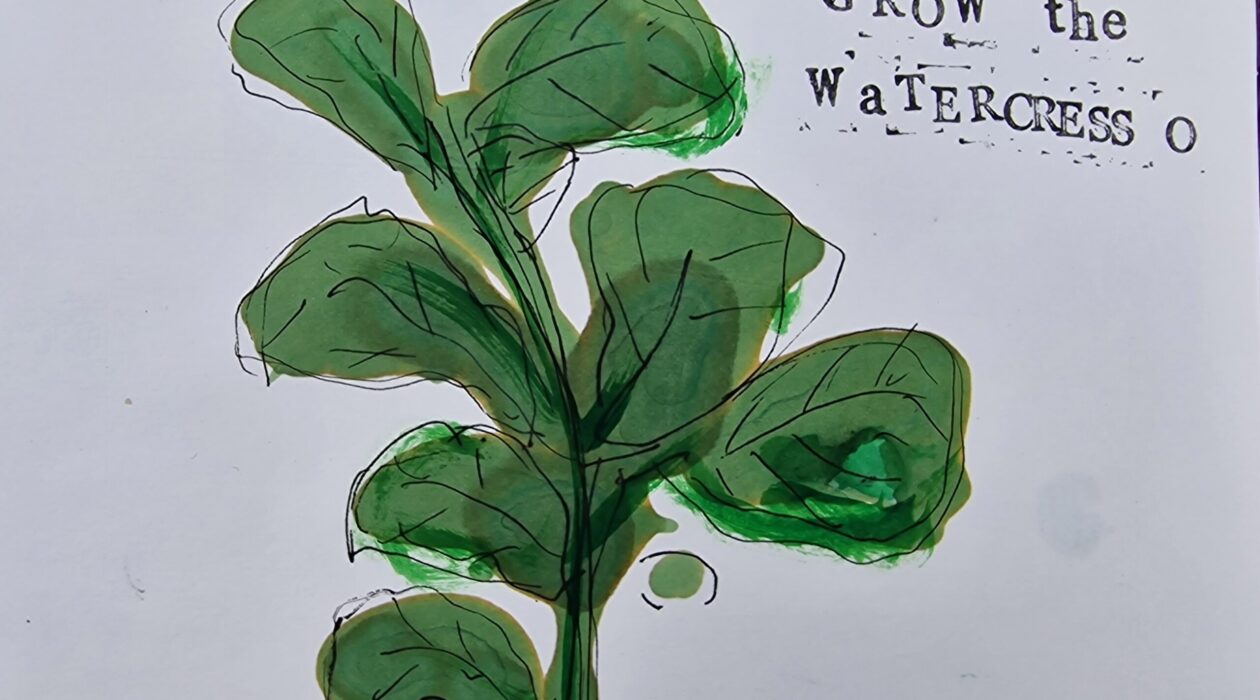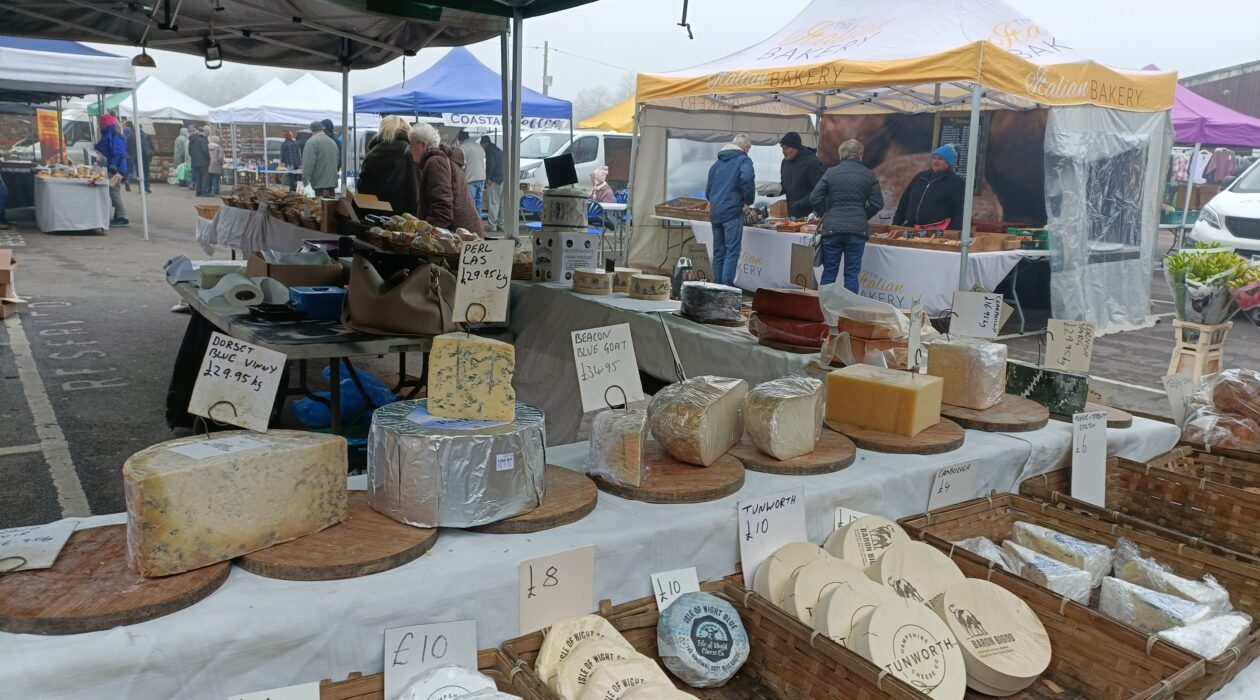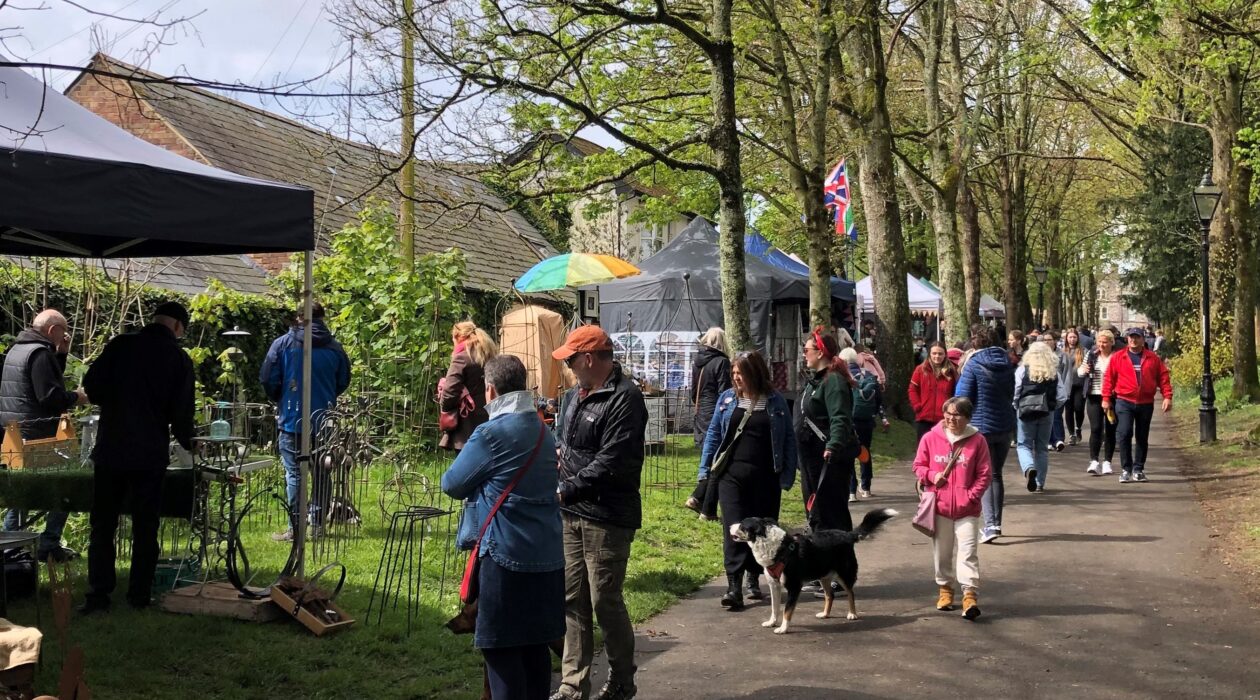And more Dorchester Markets!
The Cornhill Market on South Street, in the heart of the town operates daily from Monday – Saturday. Here you’ll find a small marketplace for residents and tourists offering a variety of stalls including fresh fruit and vegetables, flowers, and fresh produce, alongside a selection of quirky artisan stalls selling clothes, jewellery and book stalls which change daily.
Dorchester Artisan Market is new to Dorchester’s market scene, on the fourth Sunday of each month from April to November, 10am to 3pm. Featuring local artisans selling handmade crafts, artisanal food and street food, unique gifts, vintage clothing, and artwork, it’s a great place to find one-of-a-kind items and support local producers.
